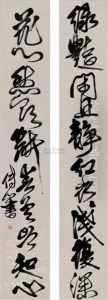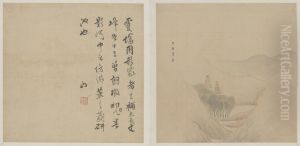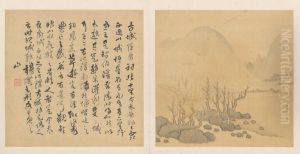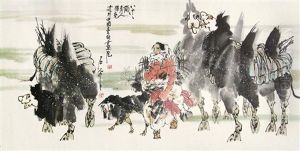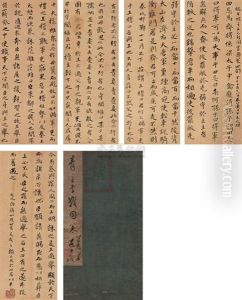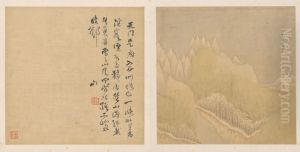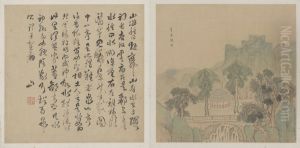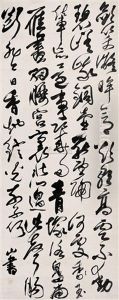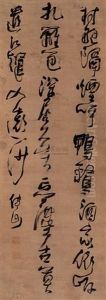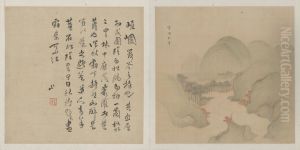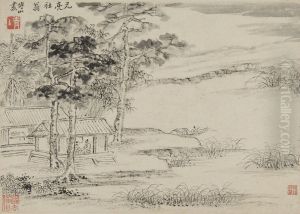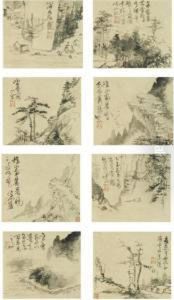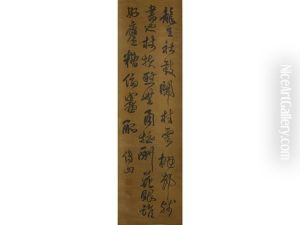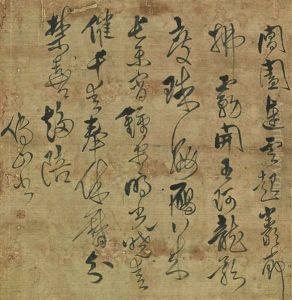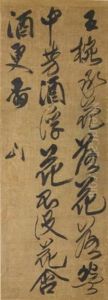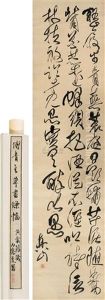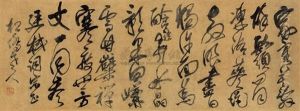Fu Shan Paintings
Fu Shan was a prominent Chinese scholar, artist, and calligrapher of the late Ming and early Qing dynasties. Born in 1607 in Xingyang, Henan province, he lived through one of the most turbulent periods in Chinese history, witnessing the fall of the Ming dynasty and the establishment of the Qing dynasty. Despite the chaotic times, Fu Shan managed to establish himself as a significant intellectual and artist, contributing significantly to the cultural landscape of his era. Fu Shan was not only recognized for his scholarly pursuits but also for his mastery in calligraphy and painting. His artistic style was versatile, embodying the transition between the Ming and Qing dynasties. He was particularly known for his bold and innovative calligraphy, which broke away from the restrained styles of earlier periods. His works often reflected his deep knowledge of classical Chinese literature and philosophy, incorporating elements of Confucianism, Taoism, and Buddhism. Throughout his life, Fu Shan was a respected teacher and mentor. He educated many students, passing on his vast knowledge of literature, art, and philosophy. Despite the political upheaval of his time, he remained committed to his scholarly and artistic pursuits, contributing to the preservation and development of Chinese culture. Fu Shan's legacy is evident in the continued admiration and study of his works, which remain influential in the fields of Chinese calligraphy and art history.







